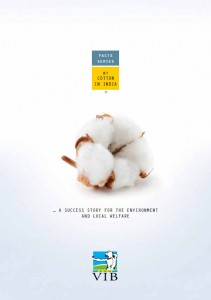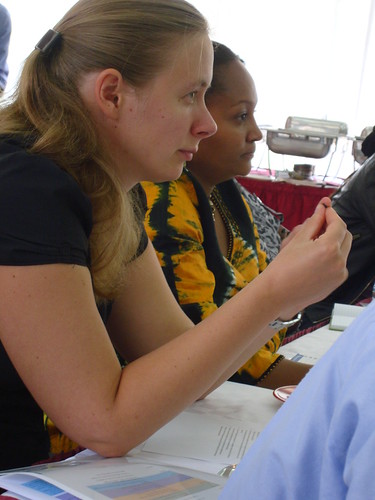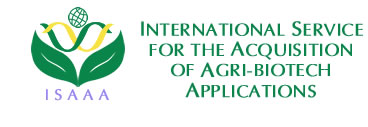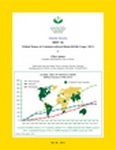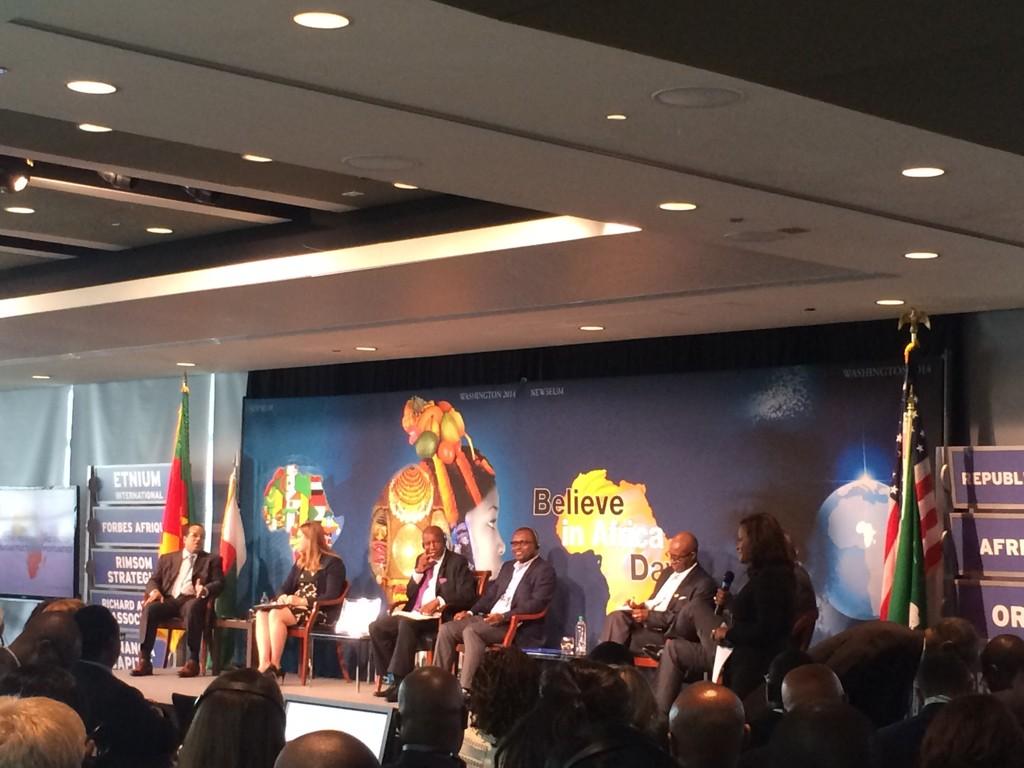28 August 2014. CTA announced five grants totalling 400,000 EUR (536,040 USD) to five institutions in Africa and the European Union to support the adoption, uptake and scaling of information and communication technologies (ICTs) support for agriculture. These grants were awarded following a rigorous competitive process that involved more than 30 high-quality proposals addressing various informational issues along agricultural value chains.
The winning organizations are:
- eLEAF Competence Centre, a Netherlands-based high-tech company that uses reliable, quantitative data on water and vegetation coverage to support sustainable water use, increase food production and provide environmental protection systems, will be scaling up its satellite-based information services at the Gezira Irrigation Dam in South Sudan to provide targeted delivery of extension services to farmers.
- RONGEAD, a France-based international network system made up of NGOs, technical specialists, international institutions and businesses that provides market information services, will use the grant to improve its current initiative and scale it up through market analysis, training and capacity building, provision of information and advice and delivery of a business intelligence service to improve the competitiveness, profitability and ability of smallholder farmers to manage business risks in food chains in West Africa.
- Syecomp Business Services, a private-sector provider of geographic information system (GIS) services based in Ghana, will use its grant to develop a proof of concept and explore business models for the adoption of geospatial technology (GIS/global positioning system applications), dissemination of agro climatic information and mFarm actor-chain interactions in Ghana.
- The University of West Indies, a public-sector research institute located in Trinidad and Tobago, will use its grant to extend and scale up an existing suite of web and mobile applications (mFisheries) for small-scale fisheries. It will also explore a novel co-management delivery model for ICTs amongst various agents in the small scale fisheries ecosystem in the Caribbean.
- Yam Pukri, a non-governmental organisation (NGO) based in Burkina Faso, will use the grant to improve the monitoring and implementation of agricultural policies using ICTs, thereby empowering smallholder farmers to contribute to the agricultural and rural development policy processes.





















